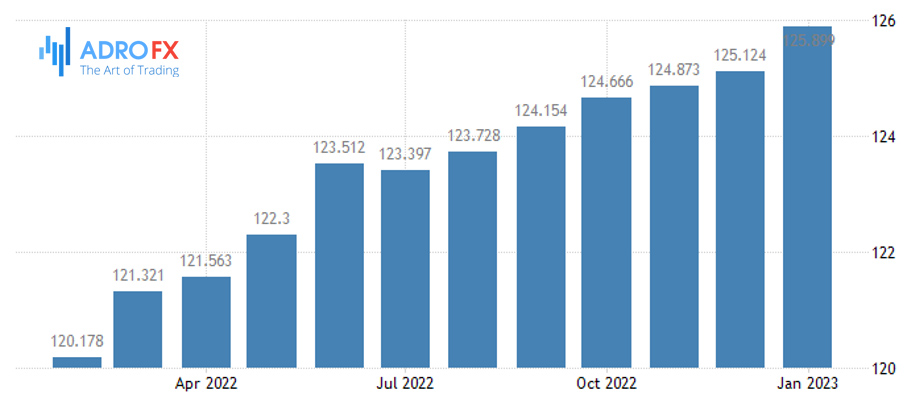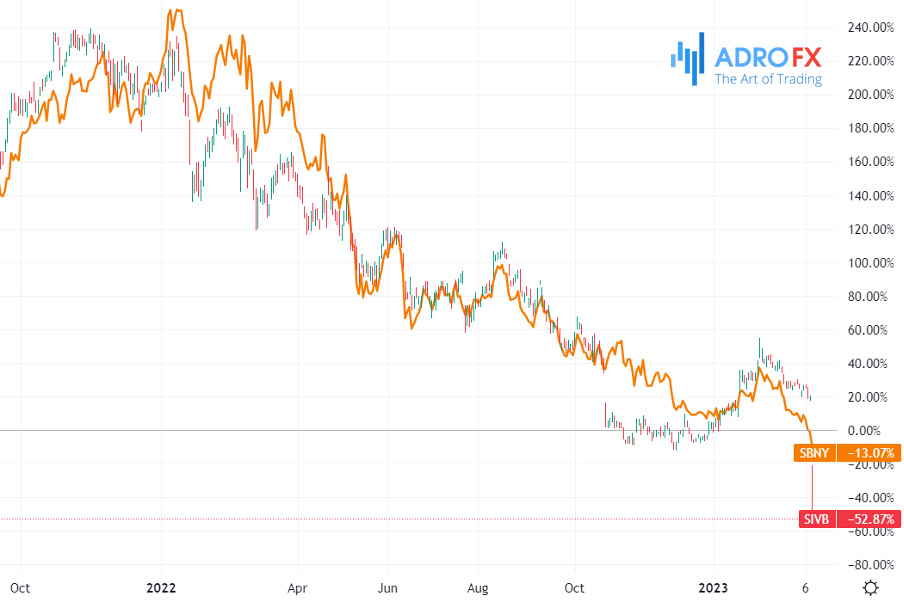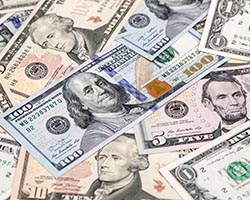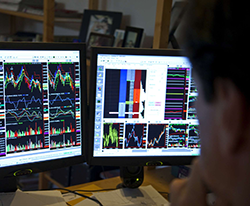Swiss Franc Collapse and PCE Expectations | Daily Market Analysis

Key events:
- UK – BoE Gov Bailey Speaks
This week will help determine what the Federal Reserve's (Fed) next rate decision will be. The U.S. central bank faces the difficult task of striking a balance between its ongoing fight against inflation and mounting signs of financial instability.
So, will the Fed's main inflation indicator continue to decline?
With Powell reiterating that his primary goal is to get inflation back under control, this week's Core Personal Consumption Expenditure (PCE) Price Index, the Fed's preferred measure of inflation, will carry additional weight.

The core PCE allows a better assessment of the underlying inflation trend because it does not take into account volatile components such as food and energy. For this reason, this indicator is monitored by Fed policymakers, who believe it provides a better indication of the future direction of inflation.
In addition to inflation, market participants' attention will be focused on the continuing uncertainty about the sustainability of U.S. regional banks. Investors remain concerned about the high risk of a domino effect, with new banks facing massive withdrawals of deposits.
Shares of small and mid-sized regional banks have been under intense pressure over the past three weeks following the sudden closures of Silicon Valley Bank (NASDAQ: SIVB) and Signature Bank (NASDAQ: SBNY) (the second and third largest bankruptcies in U.S. history).

Investors, because of these events, are worried about other time bombs hidden in the sector.
The focus now is primarily on San Francisco-based First Republic Bank (NYSE: FRC), which continues to discuss capital injections with other banks and investment firms. FRC shares are down about 90% this month, posting the worst performance of any component of the SPDR S&P Regional Banking ETF (NYSE: KRE), which lost 31.4% in the same period.

Signs that only a few banks were affected by the recent problems, and a serious spillover effect was avoided, would indicate that the worst may be behind us. If that is the case, markets will be forced to revise rate expectations to reflect an additional tightening of monetary policy by the end of the summer.
In the meantime, Credit Suisse Bank failed to live up to its reputation as a safe haven during the crash, as investors were forced to resort to other safe havens, which boosted the value of gold in Swiss vaults but collapsed the franc.
Investment managers began abandoning the Swiss franc last week at the fastest pace in 2 years ahead of Credit Suisse's takeover by UBS.
The Swiss franc, which is used as a safe haven in times of market stress or volatility, lost 0.9 percent against the dollar in the week after the Swiss regulator said on March 13 that it was closely monitoring the situation around Credit Suisse.

But paradoxically, the Japanese yen, also considered a safe haven in times of turmoil, rose 2.6% against the dollar.
Gold, another traditional safe haven, rose more than 5% in the week after March 13 to over $2,000 an ounce, its highest level in a year, and government bonds showed one of their biggest inflows in decades.

According to a currency analyst at Danske Bank, the franc's collapse was influenced by the fact that risk would be concentrated in the Swiss economy and financial sector itself. According to the Commodity Futures Trading Commission, speculators added more than $800 million to their bearish positions on the Swiss franc in the week.
If it wasn't Credit Suisse but any other European bank that was in trouble, the Swiss franc would go up sharply because it would become a safe haven, ING believes.
Futures data show that speculators have been bullish on the franc since the dot-com bubble burst in early 2000, as well as during the 2008 and 2011-2012 crises, during the eurozone debt crisis, and again during the COVID-19 crisis.
The Swiss franc, according to analysts, is not some kind of "all-weather" safe haven, and so far there have been no such market pressures that would normally lead to an appreciation of the franc because it is one thing to say that the franc lost some popularity among investors during the CS crisis, and quite another to suggest that its days as a safe haven are numbered. The latter would require a "fundamental change" in the country's balance sheet so that the share of Swiss-issued assets in external liabilities would fall at the expense of large and sustained outflows.









